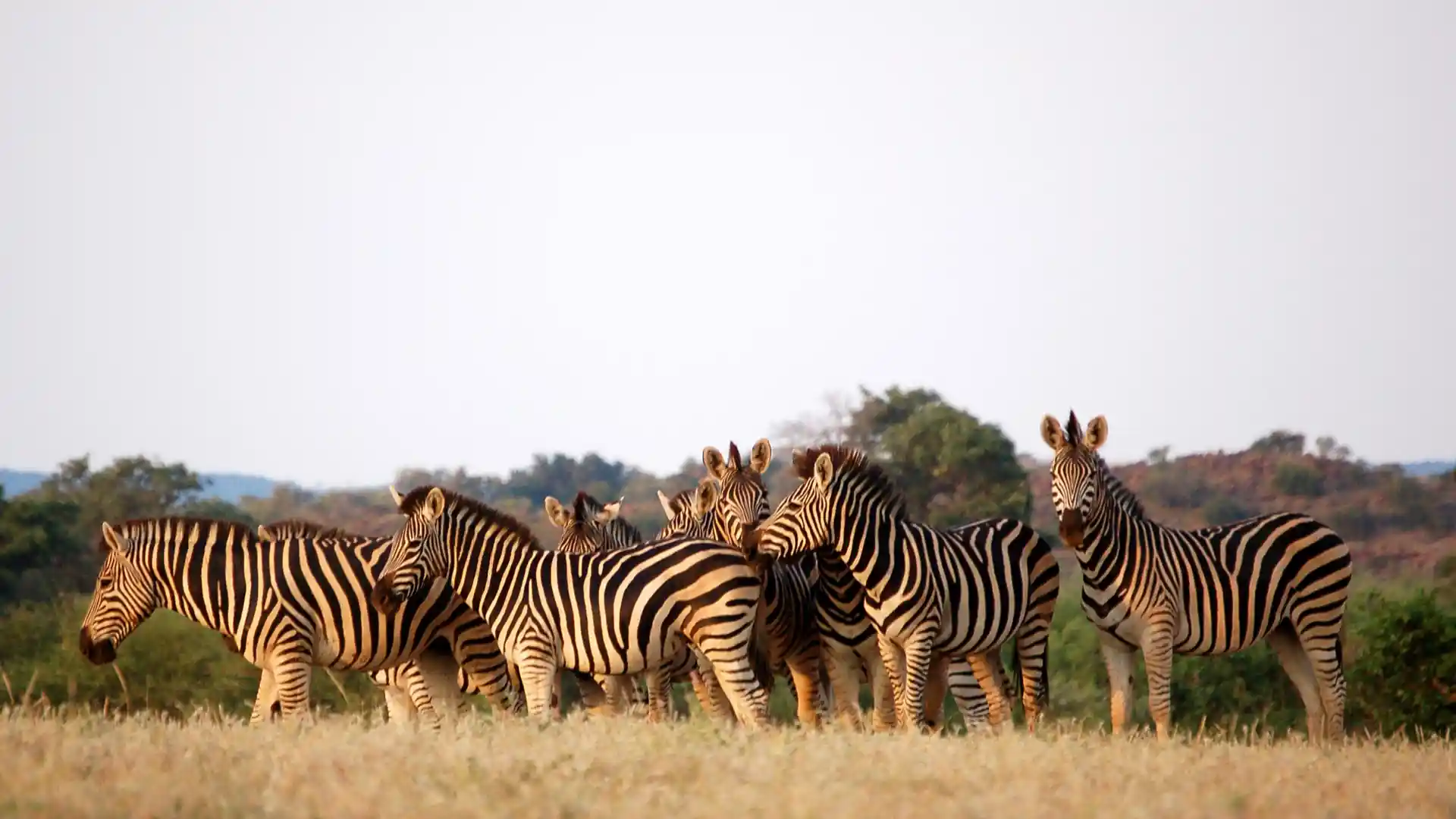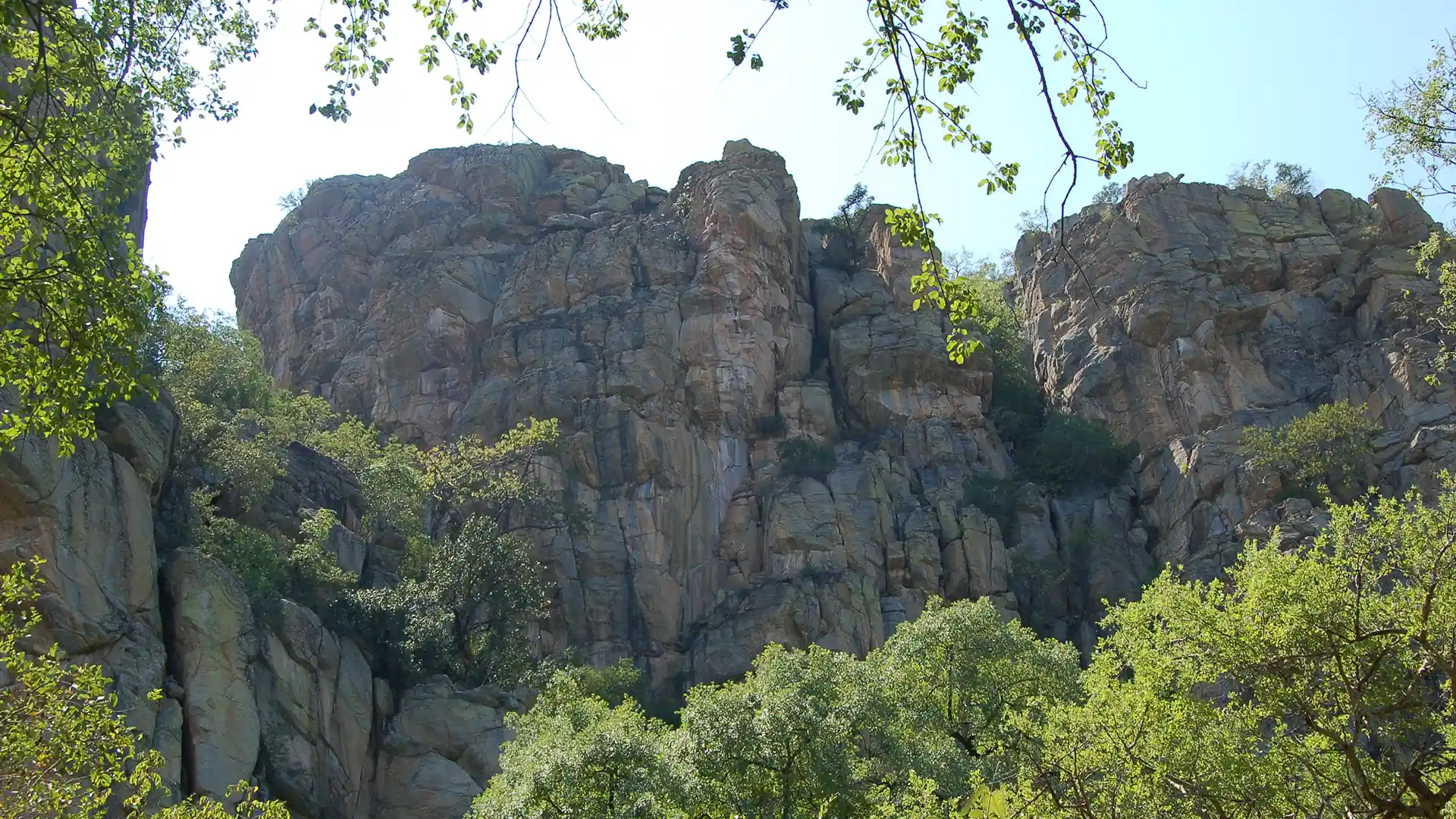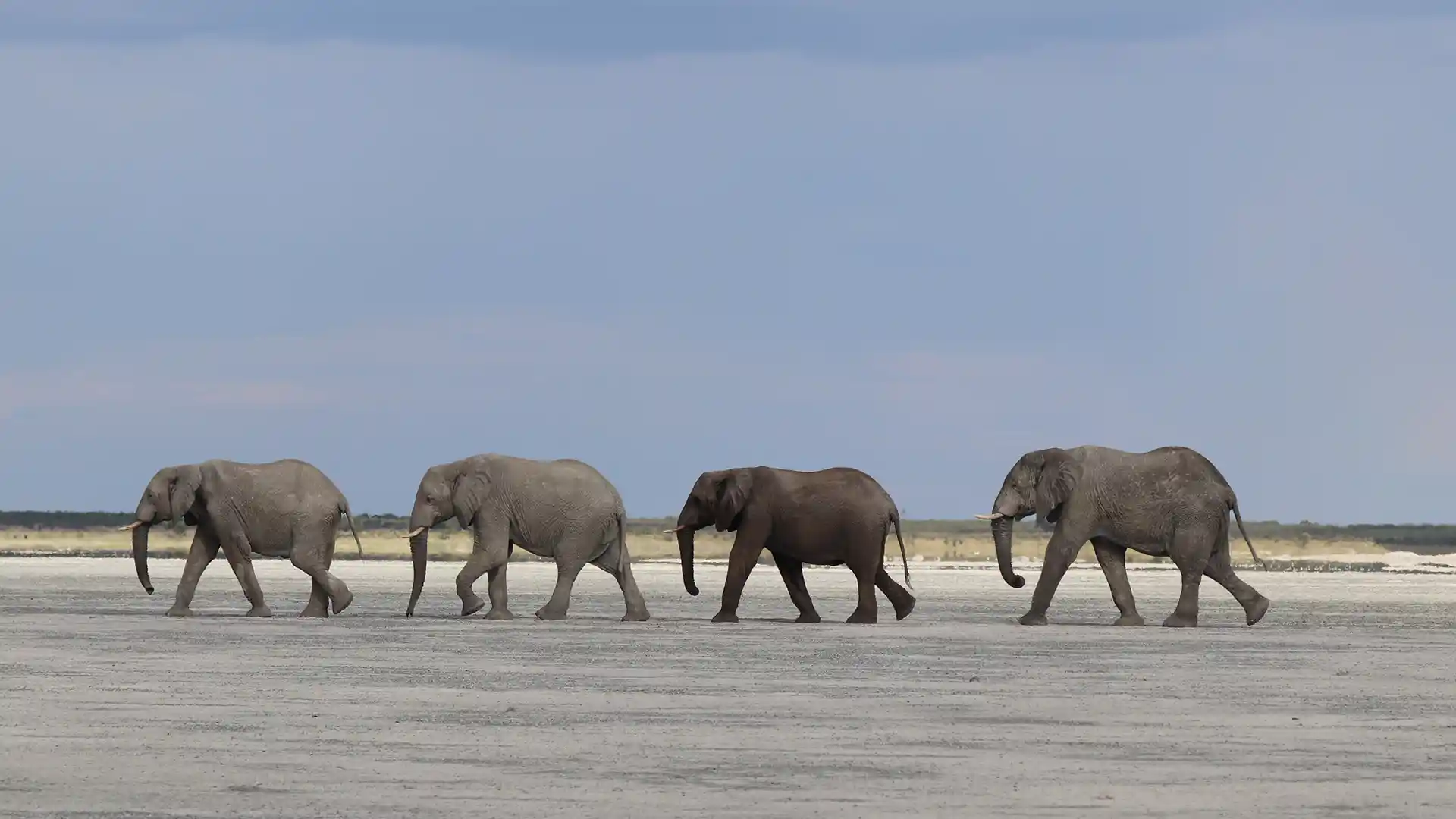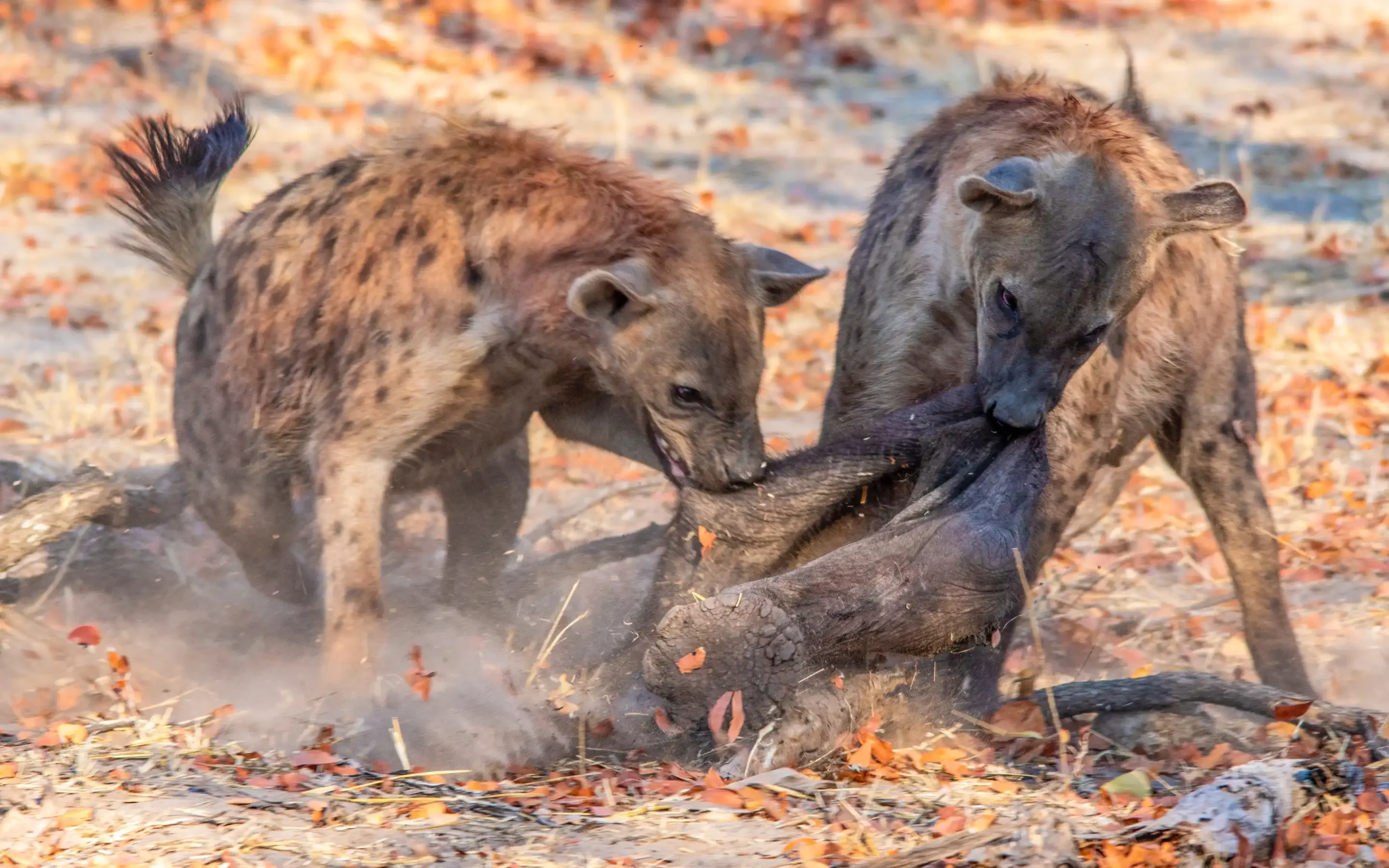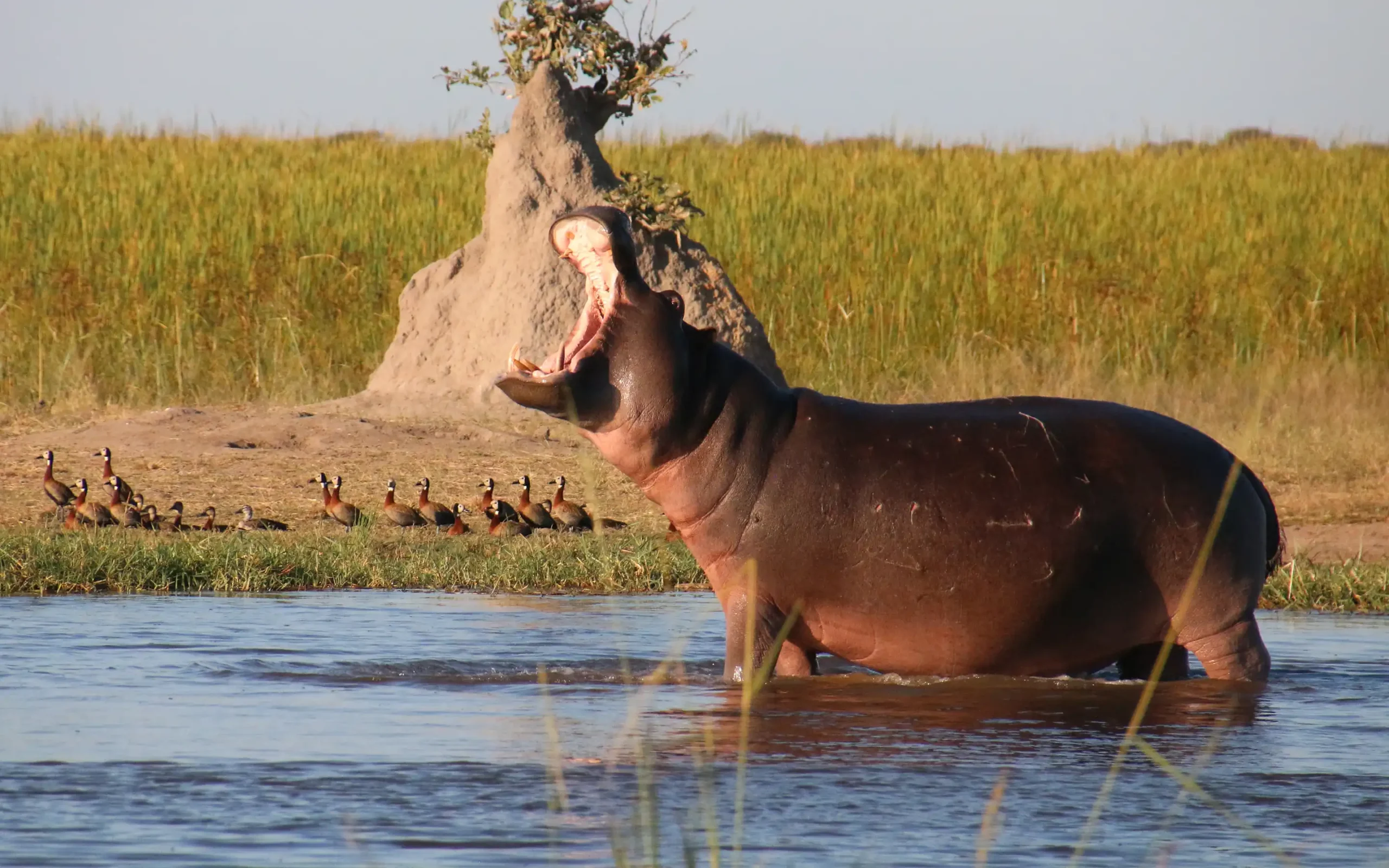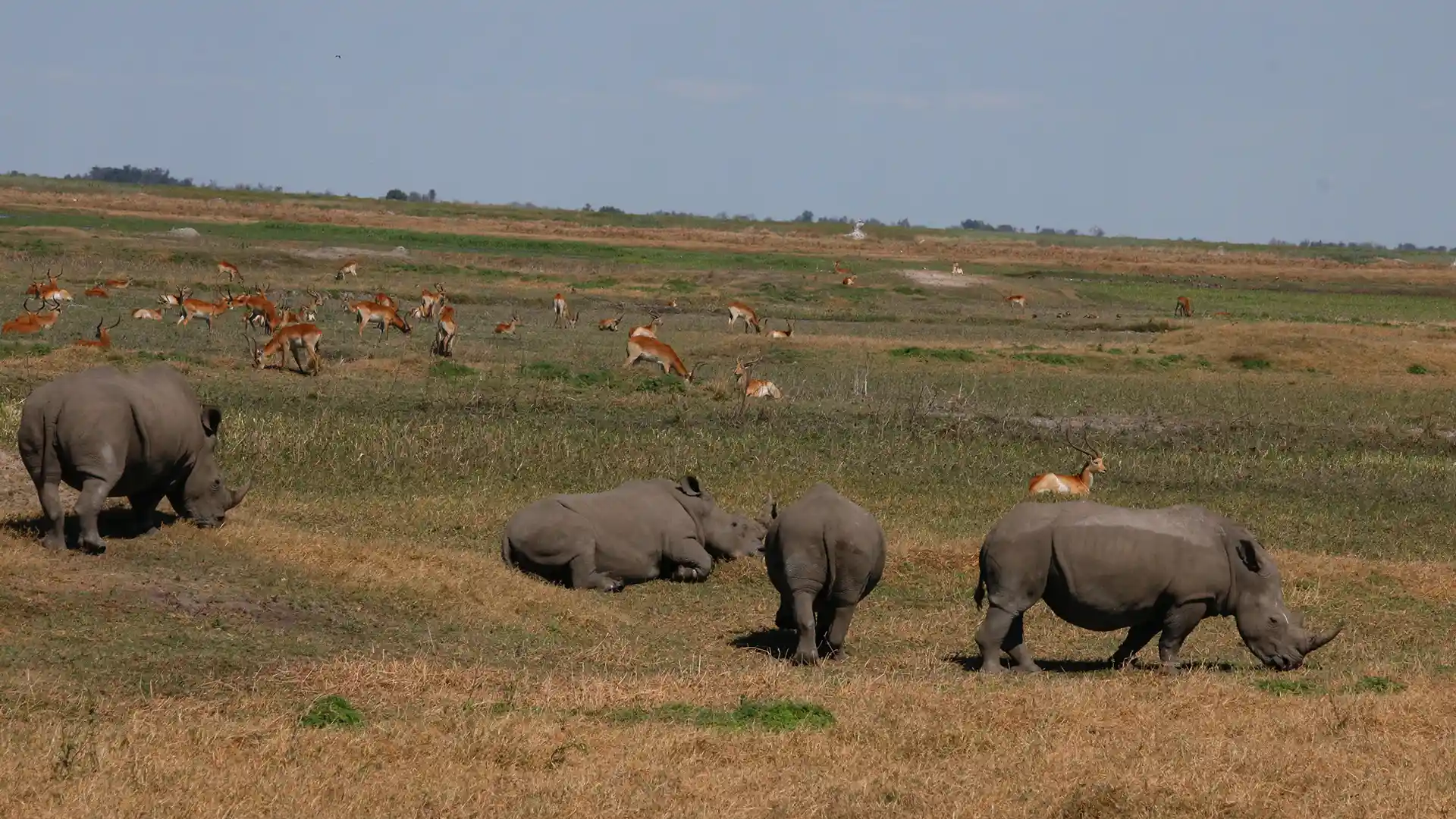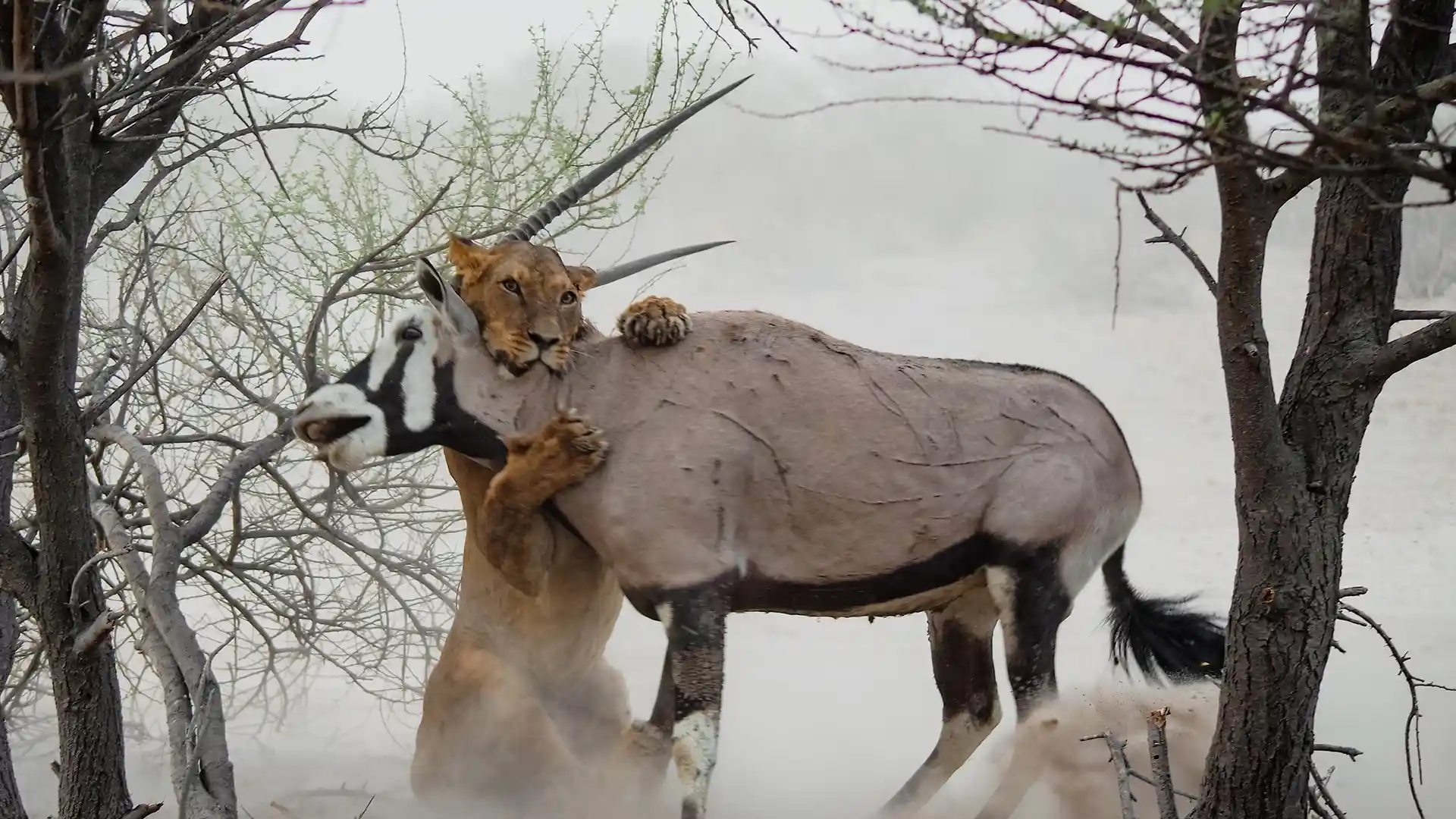Experience Breathtaking Botswana
Experience Breathtaking Botswana Botswana
About Botswana
Welcome to Botswana, an amazing country in Southern Africa waiting to be explored. Going on a journey through wide-open spaces where you can see elephants, lions, and lots of different birds is a real adventure. Botswana is like a natural playground with places like the Okavango Delta and Chobe National Park, where you can have an exciting safari. But it’s not just about animals; you can also discover the cool traditions of the people who live here, like the Tswana, San, and Herero. The capital, Gaborone, is a modern city, and Maun is the perfect starting point for adventures in the Okavango Delta
Exploring the history of Botswana, where archaeological findings tell tales of hominids thriving for two million years. Stone tools and fauna remnants point to a vibrant habitation over 400,000 years ago across the country’s diverse landscapes.
In October 2019, groundbreaking research revealed Botswana as the birthplace of modern humans around 200,000 years ago. The imprints of our ancestors, captured in ancient cave paintings dating back 73,000 years, add an extraordinary layer to the historical canvas. These first inhabitants, the San (“Bushmen”) and Khoi peoples, spoke click languages as they navigated the lands, engaging in hunting, gathering, and far-reaching trade.
Around 2000 years ago, the introduction of cattle ushered in a new chapter of pastoralism, shaping the economy amidst expansive grasslands free of tsetse flies. The Proto-Kalanga, closely tied to states in Zimbabwe, left their mark on Botswana’s northeastern regions, epitomized by the awe-inspiring Domboshaba ruins—a cultural treasure originally occupied in the Great Zimbabwe period (1250–1450).
Venture further into Botswana’s past, and you’ll encounter Toutswemogala Hill, an Iron Age Settlement standing as a testament to over a millennium of occupation. From vitrified cow-dung heaps to grain storage structures, this site narrates a tale of agricultural resilience and flourishing animal husbandry.
As the centuries unfolded, the Tswana-speaking groups, guided by legendary leaders like Kgabo II, carved their paths through the southern Kalahari by 1500 CE. The Bakwena’s migrations and subsequent offshoots—Bangwaketse to the west, Bangwato to the northeast, and Batawana into the Okavango Delta—paint a vivid picture of territorial shifts and cultural evolution.
Geography
Botswana, a country spreading across 581,730 square kilometers, stands as the 48th largest in the world. To give you an idea of its size, envision it comparable to Madagascar or France. It is positioned between latitudes 17° and 27° south and longitudes 20° and 30° east.
Picture Botswana as a mostly flat land, gently rolling in some areas, with a predominant feature being the Kalahari Desert covering about 70% of the country. Up in the north-west, you’ll find the Okavango Delta, a massive inland river delta and one of the world’s largest. Move further north, and you’ll encounter the Makgadikgadi Pan, a sizable salt pan located in the north.
The heart of Botswana lies in the Limpopo River Basin, a significant landform in southern Africa. This basin extends into Botswana, with its tributaries, such as the Notwane, Bonwapitse, Mahalapye, Lotsane, Motloutse, and the Shashe, enriching the eastern part of the country. The Notwane river provides water to the capital, Gaborone, through the Gaborone Dam.
To the north, the Chobe River acts as a natural boundary between Botswana and Namibia’s Zambezi Region. The Chobe River meets the Zambezi River at a place known as Kazungula. This convergence holds historical significance, as it marks the crossing point of Sebitwane and his Makololo tribe into Zambia.
Climate
Botswana’s climate is a blend of arid landscapes, diverse ecosystems, and distinct seasons. Understanding the climate is crucial for planning an enriching travel adventure.
Botswana experiences a dry winter from May to September, with temperatures ranging from 3°C to 25°C (37°F to 77°F). During this time, the air is crisp, and the skies are clear. It’s an excellent time for a safari, as wildlife congregates around water sources, offering a unique opportunity for observation in the national parks.
The hot dry season spans from October to November, with temperatures ranging from 20°C to 40°C (68°F to 104°F). As temperatures intensify, the landscape takes on shades of gold and brown, showcasing the arid beauty of Botswana. Explore the enchanting Okavango Delta, where receding water reveals hidden treasures and creates a unique travel spectacle.
The rainy season occurs from December to March, with temperatures ranging from 18°C to 34°C (64°F to 93°F). During this time, the landscape transforms into a lush paradise, with refreshing rains breathing life into Botswana’s flora and fauna. Witness the extraordinary migration of zebras, wildebeests, and other wildlife as they navigate the green expanses in search of food.
April marks the cool dry season, with temperatures ranging from 12°C to 30°C (54°F to 86°F). As temperatures begin to drop, the landscape retains its lingering greenery. Explore the diversity of landscapes, from the Kalahari Desert to the Moremi Game Reserve, where each corner tells a different story of nature’s resilience.
Throughout your journey, experience the unique ecosystems of Botswana, from the vastness of the Kalahari to the dynamic Okavango Delta. Travel across national parks, where the rhythm of the seasons orchestrates a symphony of life. Discover the beauty of wildlife, adapted to the ebb and flow of Botswana’s climate.
Welcome to Botswana, where the beauty of the land is echoed in the diversity of its languages. In this journey across the nation, let’s uncover the vibrant linguistic truth that adds richness to the cultural mosaic.
Setswana: The heartbeat of Botswana, Setswana, resonates across the country. It’s not just a language; it’s a reflection of the nation’s identity. As you travel, listen to the rhythms of Setswana in the conversations of locals, and you’ll feel the essence of Botswana.
English: A key player in the journey, English is widely spoken and serves as a bridge for communication. From signage to friendly exchanges, English makes your travel experience more accessible, ensuring you don’t miss a moment of the adventure.
Kalanga: In the eastern regions, the melodious tones of Kalanga contribute to the linguistic diversity. Engaging with Kalanga adds a unique layer to your exploration, allowing you to connect with the stories and traditions of the communities.
Sesarwa: In the western parts of Botswana, you might encounter Sesarwa, a language that reflects the heritage of the indigenous communities. Embrace the opportunity to learn a few phrases, adding a genuine touch to your travel encounters.
Ikalanga: Traverse the landscapes where Ikalanga is spoken, and you’ll discover another facet of Botswana’s linguistic richness. This language, with its own unique expressions, adds nuance to the cultural fabric of the nation.
Sembukushu: Along the northern fringes, Sembukushu becomes a part of the linguistic symphony. Engaging with Sembukushu opens doors to understanding the cultural nuances of the communities that call these regions home.
Getting In
Navigating Your Journey
This detailed guide provides factual information on the practicalities of getting into this remarkable African destination.
Visa Requirements: Before setting out on your Botswana adventure, ensure you’ve got your visa sorted. Check the Botswana embassy’s website for the necessary documentation to make your entry seamless.
By Air: For a swift arrival, consider flying into key airports such as Sir Seretse Khama International Airport in Gaborone and Maun International Airport. Airlines offer numerous flights, ensuring convenience and accessibility.
By Road: Should the appeal of road travel beckon, Botswana’s well-maintained roads welcome you. Drive in from neighboring countries using key border posts. Ensure your vehicle papers are in order, and stay informed about visa requirements for towns like Kasane, Francistown, and Gaborone.
By Rail: For a unique travel experience, explore railway options from nearby countries like Zimbabwe or South Africa. While not the most common choice, it introduces a unique element to your journey. Key rail stations include Gaborone Railway Station and Francistown Railway Station.
By Water: Botswana’s waterways offer a tranquil dimension to your exploration. Cruise along the Chobe River or the Okavango Delta in smaller vessels, allowing you to appreciate the scenic beauty. Consider towns like Maun and Kasane for water-based adventures.
Getting Around
Local Transportation: Exploring Botswana authentically involves embracing local means of travel. Opt for communal taxis and minibus services that connect towns and villages. It’s a vibrant and budget-friendly way to soak up the local culture.
Shared Vehicles: Engage with the community spirit by sharing rides with locals using informal transport like shared minibusses or hitchhiking. This not only provides a unique travel experience but also allows you to connect with the warm and welcoming Botswana locals.
Foot Exploration: Consider exploring neighborhoods on foot. Wander through bustling markets, discover hidden gems, and savor the flavors of local cuisine at street-side stalls. It’s a grounded way to absorb the everyday rhythm of Botswana life.
Bicycle Adventures: To add an adventurous touch, consider renting a bicycle to navigate through towns. Many places, especially in Gaborone, offer bike rentals, providing a practical and eco-friendly way to explore Botswana’s urban landscapes.
Botswana Pula (BWP): Your Everyday Money
In Botswana, think of the Botswana Pula (BWP) as your everyday cash. It’s what you’ll use for regular things like buying goodies or grabbing a bite.
International Money Friends: US Dollar (USD) and Euro (EUR)
Now, imagine the US Dollar (USD) and Euro (EUR) as your friendly helpers to the Botswana Pula. They work together to make transactions a breeze, making your journey smooth. Keeping some US Dollars or Euros handy can be super useful!
Practical Tips for Your Adventure
As you explore Botswana, whether you’re checking out wildlife, mingling with locals, or enjoying the views, your money is your buddy. Every coin and note plays a role in your daily adventures, making things super simple.
Getting Your Cash: Banks and ATMs
Getting money is easy in Botswana. Banks and ATMs are all over the place, especially in cities and tourist spots. So, grabbing some cash or switching currencies when needed is a breeze. Simple, right?
Currency Wisdom for Effortless Explorations
Whether you’re amazed by nature, trying local dishes, or soaking in Botswana’s culture, knowing about the currencies is key. Let the Botswana Pula, US Dollar, and Euro be your easygoing companions, ensuring a smooth and enjoyable exploration of this diverse and naturally captivating nation.
General Knowledge Base
General information about Botswana.
The flag has blue stripes that represent water, and black and white stripes that symbolize racial harmony and the zebra, the national animal.
English is the official language of Botswana, but Setswana is widely spoken across the country.
The largest ethnic group in Botswana is the Tswana people, who make up around 80% of the population.
The famous national park in Botswana is called the Chobe National Park, which is known for its large elephant population.
The river that forms part of Botswana’s border with Namibia is called the Okavango River.
Botswana has a high literacy rate of around 88%, which is one of the highest in Africa.
The world’s largest diamond mine, located in Botswana, is called the Jwaneng diamond mine.
Botswana’s traditional music is called “Tswana music,” which is characterized by a unique rhythm and vocal style.

